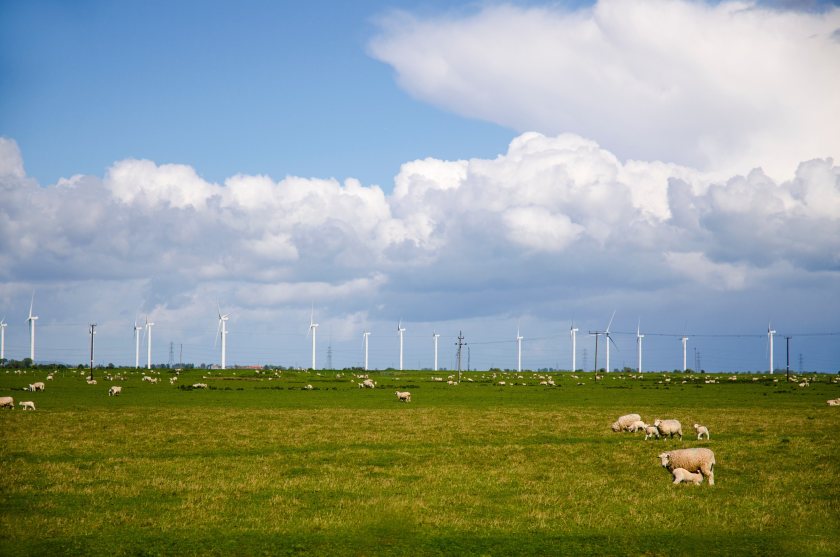
New analysis of government data shows that emissions reductions for farming and land use in England are off track or going backwards.
Progress lags behind other sectors to such an extent that it is possible that agriculture could be the biggest emitter by the middle of the 2030s, the Energy and Climate Intelligence Unit (ECIU) said.
The body, which is a non-profit organisation conducting analysis on climate issues, warned in its new report published today (16 July) that progress was 'significantly off target' for the industry.
Although the rate of progress towards woodland creation in England improved last year, up to 4,550ha in the year to March 2024, from 3,130ha the previous year, this is still well short of the target to plant 7,500ha of new woodland by 2025.
And the share of farmers engaged in low carbon farming practices such as energy efficiency and improving the efficiency of slurry management has gone backwards, down to 48% from 66% in 2020. The target for 2025 is 70%, and for 2037 is 85%.
As well as falling short on woodland creation and going into reverse on low carbon farming, efforts to restore England’s peatlands are also behind target.
The last Conservative government set an aim of 35,000ha of peatland under restoration by the end of the parliament.
Although up to date figures are not available, based on the previously reported rates and trends, it is likely that this target has been missed by around 14,000-15,000ha.
Tom Lancaster, farming analyst at the ECIU, said the next five years would be 'make or break' for the contribution farming and land use toward net zero by 2050.
He said: “There is a tragic irony in farmers’ harvests, revenues and the UK’s food self-sufficiency falling due to a winter which climate change made wet in the extreme, and the sector’s own emissions remaining high for at least the last decade.
"The UK’s farms and land could well be releasing more greenhouse gas emissions than its power stations. Look ahead another decade and the UK’s land, including agriculture, could be our number one source of emissions.
"As the new government considers the upcoming Climate Change Committee progress report, it will need to move quickly to bring forward policies that are capable of making up for lost time.
Another area where targets have been set to reduce emissions from land use and agriculture is the planting of energy crops such as miscanthus and short rotation coppice.
With recent statistics showing that 12,560ha was used for these crops in 2023, up marginally from previous years, there is some way to go to reach the 2030 target of 9,600ha of new planted biomass crops per year, rising to 15,000ha per year in 2035.
It follows recent analysis by ECIU which estimated that the arable harvest this year could be down by as much as a fifth following the record breaking wet winter.
